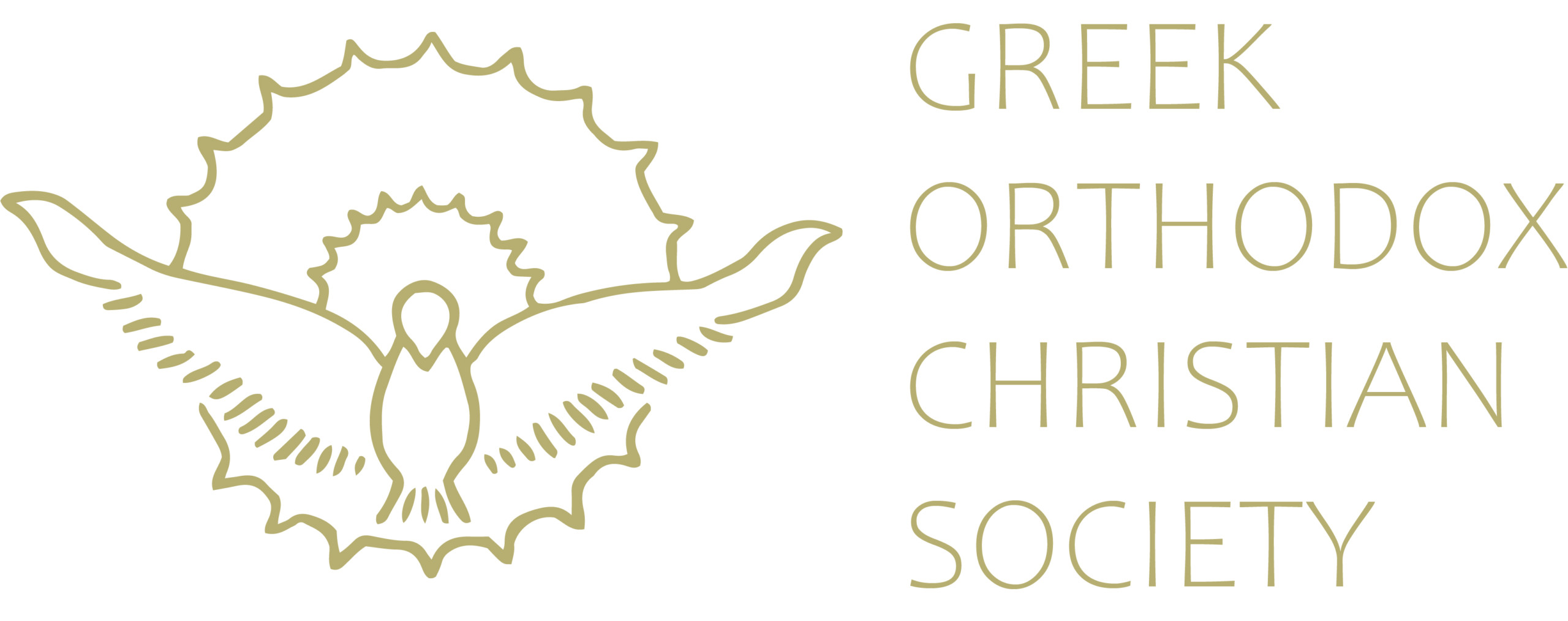Komboskini (Prayer Rope)
The Komboskini (κομποσκοίνι) or Orthodox prayer rope is used by Christians to assist their daily prayer rule. Traditionally it is made of black wool, knotted in the form of a loop, with coloured beads at intervals and a cross and tassel at its base. The black colour is the colour of mourning or repenting for our sins and the wool symbolizes the flock of Christ, the Good Shepherd. The tassel at the end is used to wipe the tears of the repentant in prayer. Prayer ropes come in different sizes most commonly with either 33 knots (representing Christ’s earthly life), 50 or 100 knots.
The prayer rope is attributed to St. Pachomius (4th century). The devil would untie the simple knots he would make to count his prayers. Inspired by a vision from an angel of God, St. Pachomius was able to create a special knot composed of nine interconnected crosses (representing the nine angelic classes), that the devil was unable to untie. The devil cannot abide the sign of the Cross and so the komboskini becomes a spiritual weapon to fight against the evil one. With the guidance of a spiritual Father, one is able to use the prayer rope to pray a set number of prayers. The rope is placed between the thumb and index finger and on each knot the Jesus Prayer is prayed, “Lord Jesus Christ have mercy on me (a sinner)”, thus invoking the powerful name of the Lord.
We can also pray “Most Holy Mother of God save us” or “Saint (name) intercede for us”. Intercessory prayers can be made for family and friends in need and for the departed, “Give rest O Lord to the soul of your servant”. We should seek quiet time every day, secretly, away from distractions, concentrate on the words of our prayer and turn our soul’s eyes to God. By carrying a prayer rope on us discreetly, we are reminded to “pray without ceasing”.
Source: Lychnos November/December 2018
